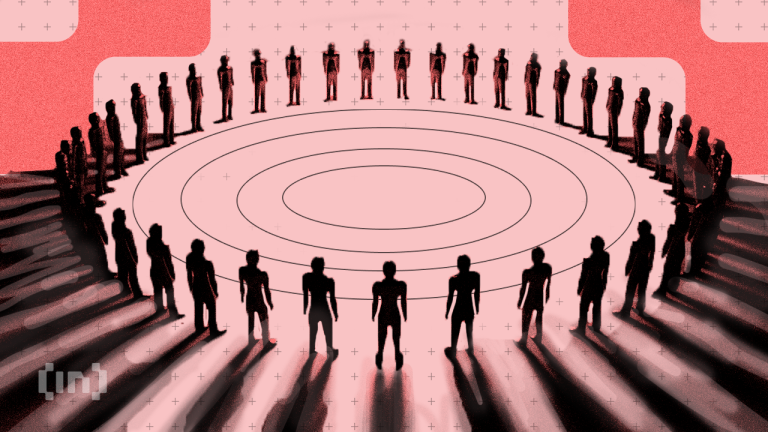
Understanding Vaccines

The science behind vaccines is complex yet fundamental to public health. Vaccines are biological preparations that provide acquired immunity to a particular infectious disease. They typically contain an agent that resembles a disease-causing microorganism, which is often made from weakened or killed forms of the microbe, its toxins, or one of its surface proteins.
How Vaccines Work

When a vaccine is administered, it stimulates the body’s immune system to recognize the agent as a threat, destroy it, and keep a record of it. This enables the immune system to recognize and fight the microorganism in future encounters. This process is known as immunization.
The Role of Vaccines in Public Health

Vaccines have dramatically reduced, and in some cases eradicated, diseases that once claimed millions of lives. Public health initiatives leverage vaccines to protect entire populations, creating herd immunity, which occurs when a significant portion of a community becomes immune to a disease, thereby providing a measure of protection for individuals who are not immune.
Scientific Research and Development

Vaccines undergo rigorous testing and evaluation before they are approved for public use. This includes preclinical studies, clinical trials, and continuous monitoring post-approval to ensure safety and efficacy. Research on vaccines continues to evolve, particularly with the advent of new technologies such as mRNA vaccines.
Conclusion

Vaccines play a critical role in public health by preventing diseases and protecting communities. Understanding the science behind vaccines helps to dispel myths and misinformation, promoting a healthier society. Continued investment in vaccine research and education is essential for future public health advancements.





